
Jira audits should be a periodical activity process for Jira enterprise instances that haven't had clear administration policies since day one; let's be honest. This also applies to all Jira instances. It's part of its maintenance process. In this simple step-by-step guide to consolidate Jira, we show how to make a semi-automated diagnosis of the situation that works for the most complex environments.
Jira audits are the solution to a common problem for any old instance of Jira unless those never had clear administration policies from day one. Time brings chaos and disarray, and that's why in this article, we’re going to show why that happens and how to make a semi-automated diagnosis of the situation that works for the most complex environments.
While it’s hard to give an accurate number, given that the company only started publishing its yearly financial reports after it went public in 2015, the volume is considerable and keeps growing.
Whenever you go into a startup or a corporation these days, you can almost assume the product teams will be using Jira to some extent -almost as much as you can see accountants running their balance sheets on Microsoft Excel.
 When will we take Scott Adam's MBA? This is where wisdom meets sarcasm...
When will we take Scott Adam's MBA? This is where wisdom meets sarcasm...
We just said Jira had become a facto standard. Becoming an industry standard also means more people are aware of the typical problems a user is likely to encounter… and, of course, these people need quality troubleshooting.
We’ve identified one of those typical problems on the path to consolidation, and we’d like to help with a proven method for diagnosing the health of large Jira instances. Hint: It all starts auditing in Jira.
The following chart shows the response times of individual actions performed in the tool -from Jira Data Center 7.9, the "boards" performance has improved by nearly 30%.
 Benchmark your instance's response time against Atlassian standards with this reference (Click here for more info)
Benchmark your instance's response time against Atlassian standards with this reference (Click here for more info)
With small teams, Jira works like a bullet. But as time goes by and more and more people and processes are thrown into the tool, performance takes a hit. Although Atlassian keeps revamping the product to be faster than yesterday, there are many factors still correlated with poor performance in Jira:
Here are some signs of a corporate Jira crying for an audit:
We've seen this problem many times and under different disguises: Sometimes it’s a humongous instance migrating from Server to Data Center, sometimes it’s 22 instances of Jira that must be federated, sometimes it’s a merger. It doesn’t matter. The important thing is that there’s a way out.
At Deiser, we have over 10 years of experience working with Atlassian customers, and we’ve encountered most of the situations listed above.
For our team, it’s important to have a walk-through that applies to different situations and a doable, generically valid approach. However, after some initial work, the context will dictate the need for different actions.
The solution described below applies to any large, disorganized instance of Jira with obsolete data, and it’s a proven way to diagnose:
In a normal audit, consultants manually go into every project to pull information about the schemes being used, write their own scripts and queries, or directly call the Jira Database to perform data analysis there. It’s a lot of work, and it can take days. It’s also expensive and slow for the customer.
Thanks to Projectrak for Jira, our consultants can create a baseline diagnosis of the instance in about thirty minutes:
For example, here’s the script that reads the issue type scheme being used in a project:

Here are all of the scripts for you to use:
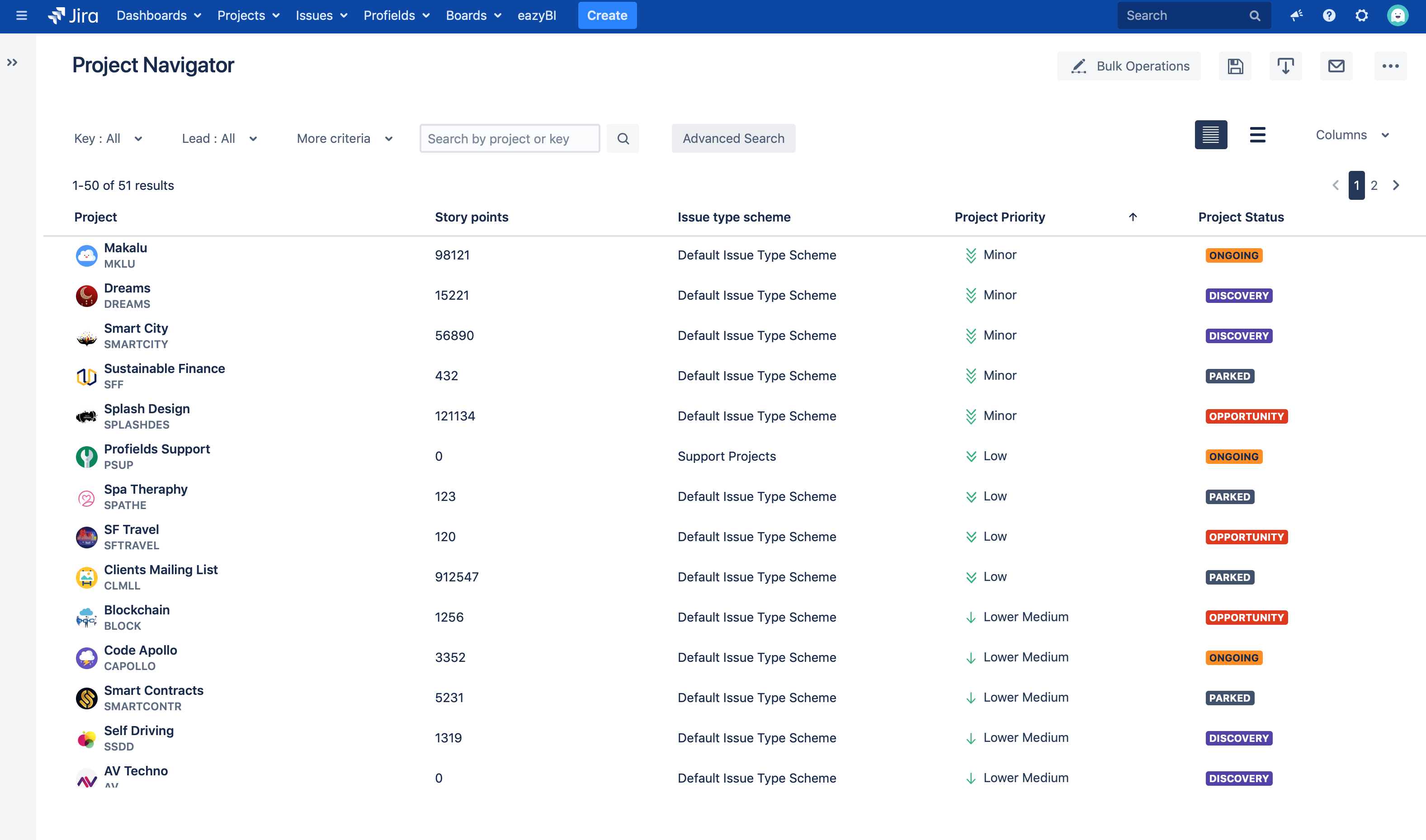
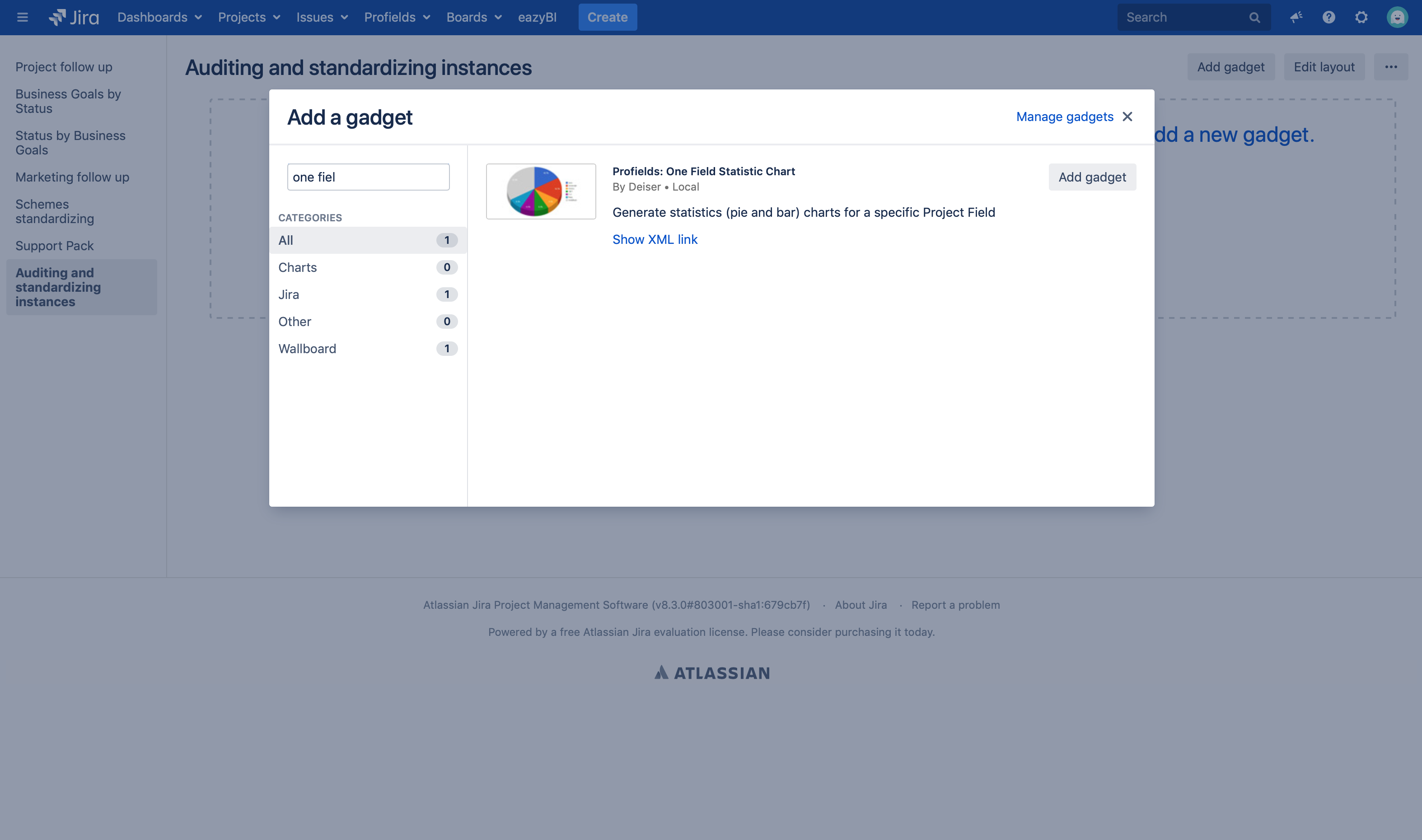
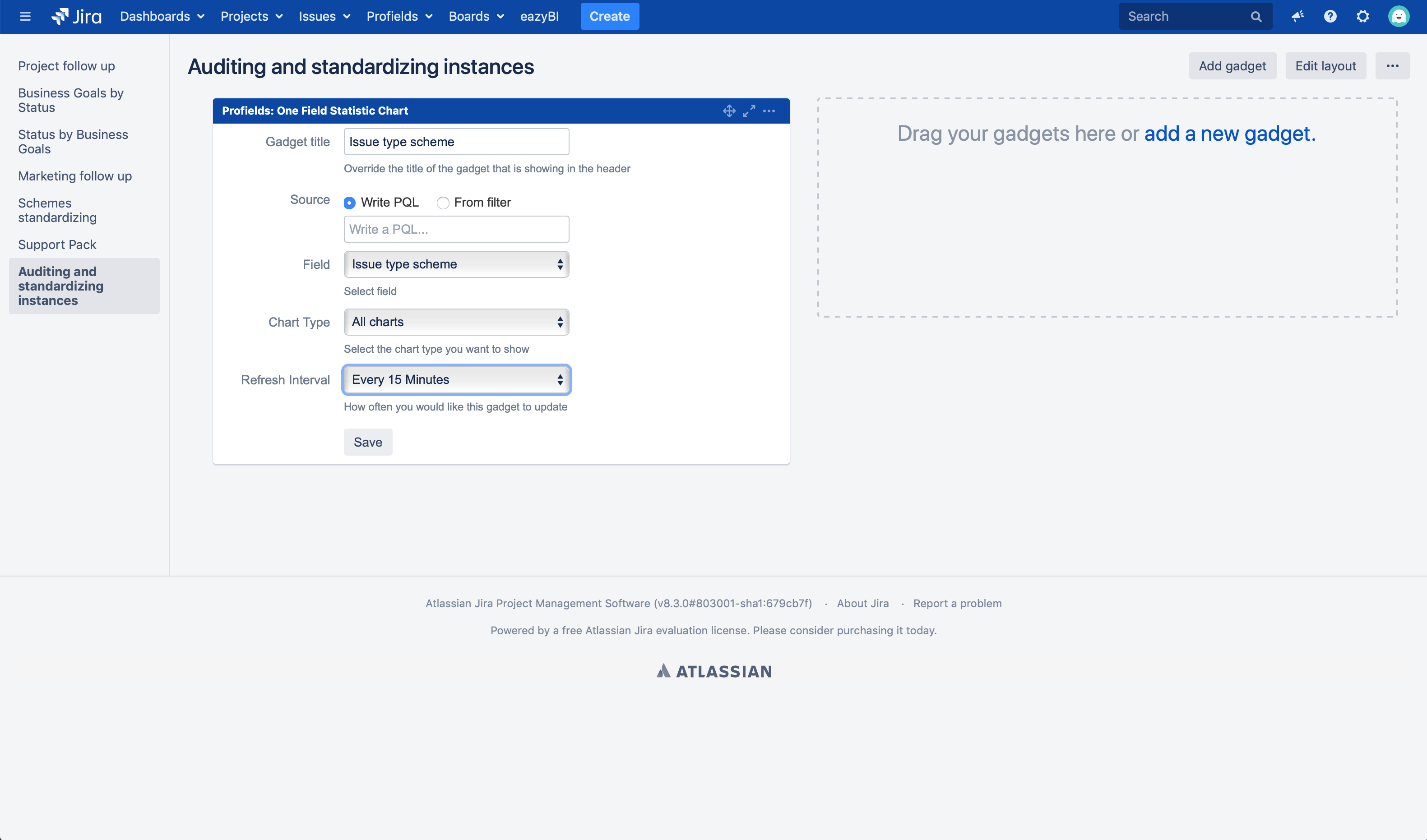
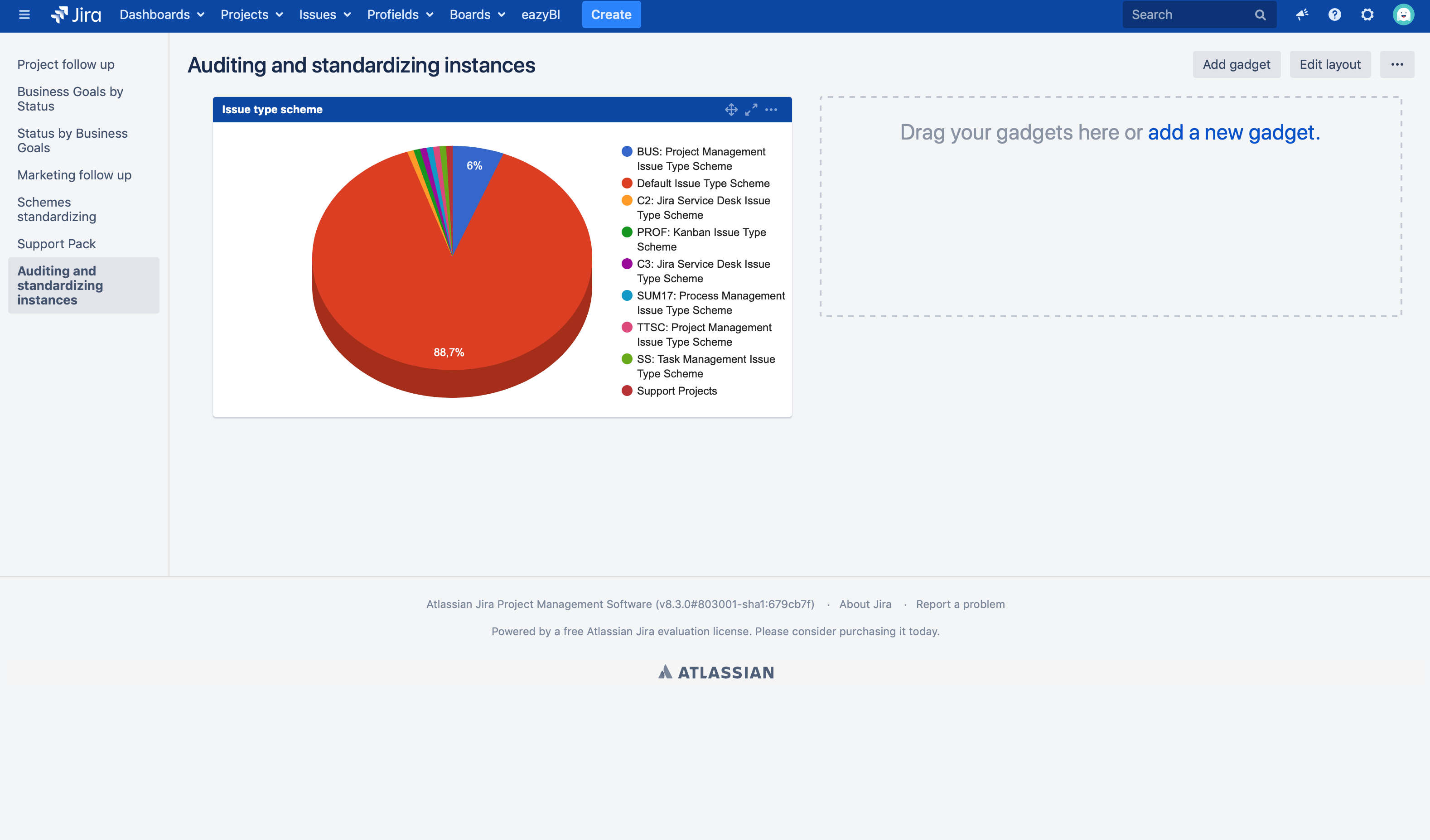
Here’s the result:

How to use the statistics: There’s no rule of thumb for what an organized instance looks like by just looking at the workflows. You need to connect to the actual goals of the teams that are using Jira, the organizational chart, and then make conclusions.
In other words, you need to compile context and qualitative data. The remaining two steps are designed to do precisely that.
The project template that we use is a Projectrak layout. This means that it is structured metadata that lives inside Jira and can be associated with Jira projects. For the audits, we associate it with every project and then work on collecting the info.
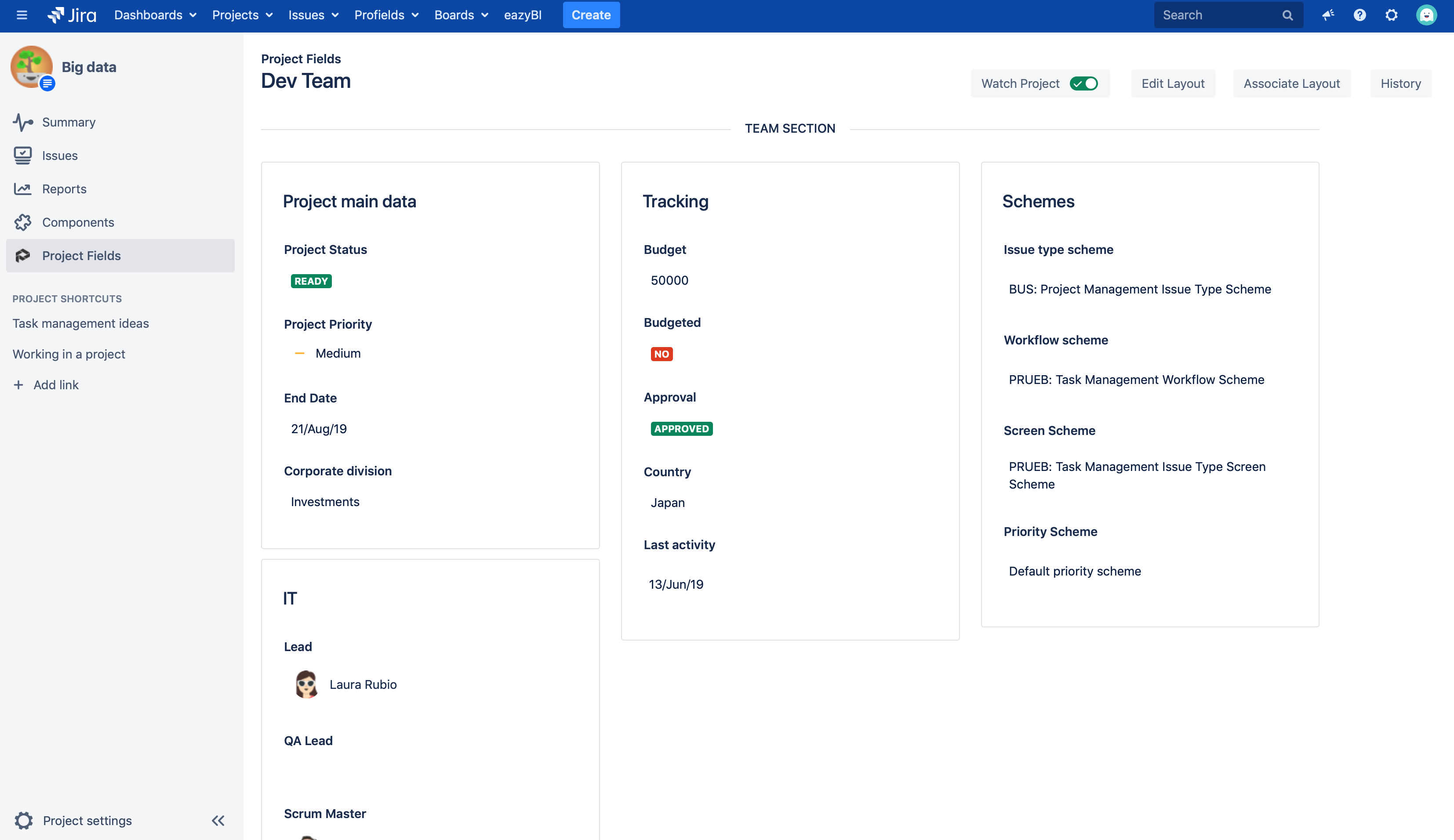
The layout has three sections:
The project sheet is the only section where information must be entered manually. It works like a script for conducting interviews with project leads, like the ones Rachel Wright suggests in this article.
You have to ensure you understand the full complexity with all its angles.
Interviewing each project lead is mandatory for having a full picture and capturing particular details: there might be projects that looked inactive but have simply very little activity; there may be important reasons why their schemes are significantly different from those usually mandated. In general, it’s just common sense that, before deciding to alter a project (archive it, simplify its settings, etc.), it’s important to know the project's intended use in the first place and whether it still captures value.
While interviews can be time-intensive, if there’s enough discipline in the organization, you can also share the project landing in Projectrak and permit project leads to edit the fields.
Tip on notifications: If you’re having trouble collecting information on a handful of projects, you can watch them receive notifications when they’ve been compiled or subscribe to the entire project portfolio to receive regular summaries of the pending information.
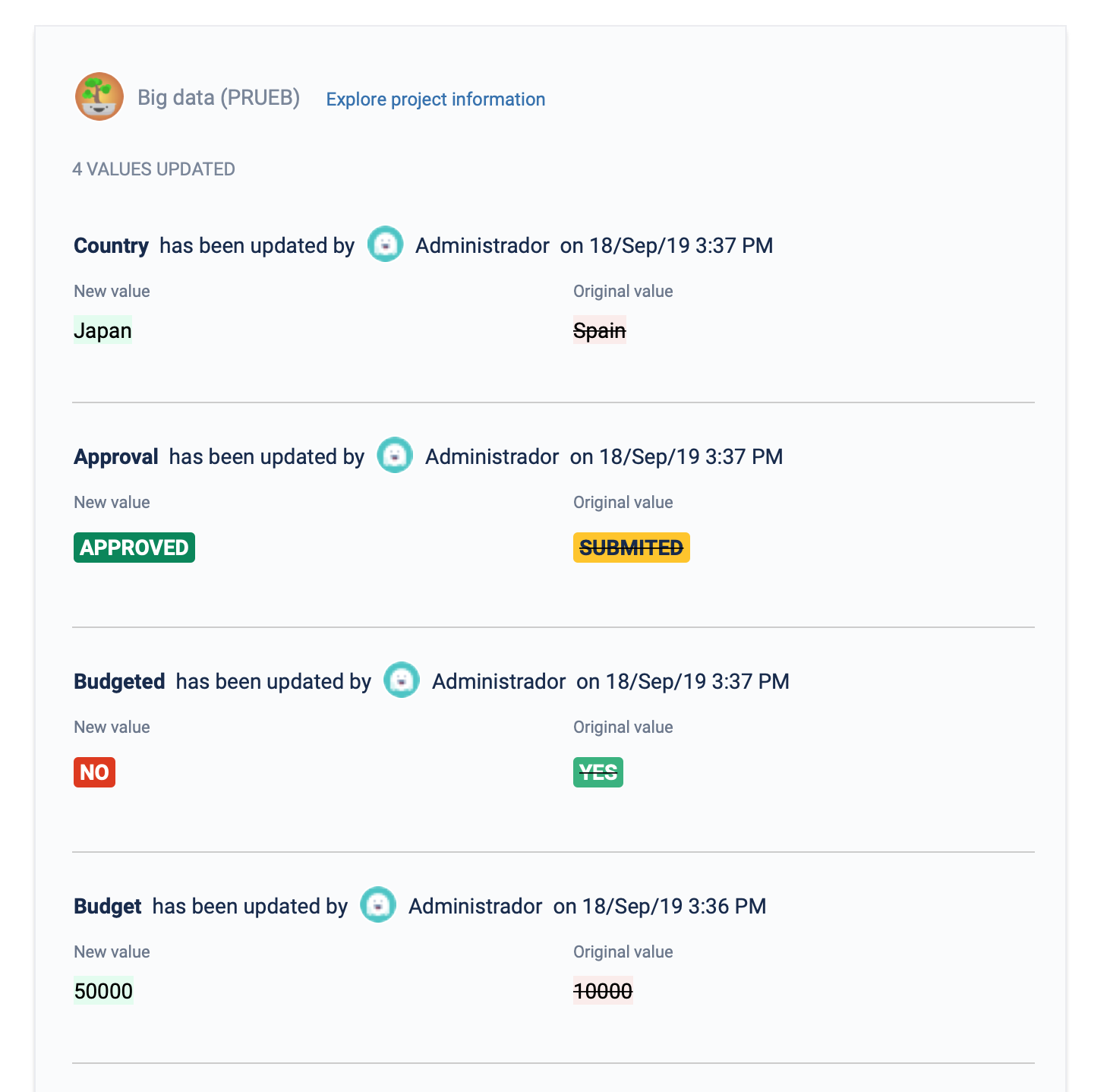
Once all the information has been retrieved and analyzed, it’s time to decide on the project governance model. And if this article isn't good enough, you can always watch the following video explaining this helpful use case:
The road toward standardization of Jira dinosaurs can be long and exhausting. There’s no need to suffer from manual processes that can be replaced with automation.
This is a summary of the benefits of deploying Projectrak for audits:
If you are interested in making the tool work for you, you need to be aware of a wide range of automation that might help you maintain audited yous instances; we offer seven use cases when automating projects with Projectrak and Automation for Jira will boost your productivity to the top.
This blog post is a collaboration between the DEISER marketing team and Jaime Capitel.
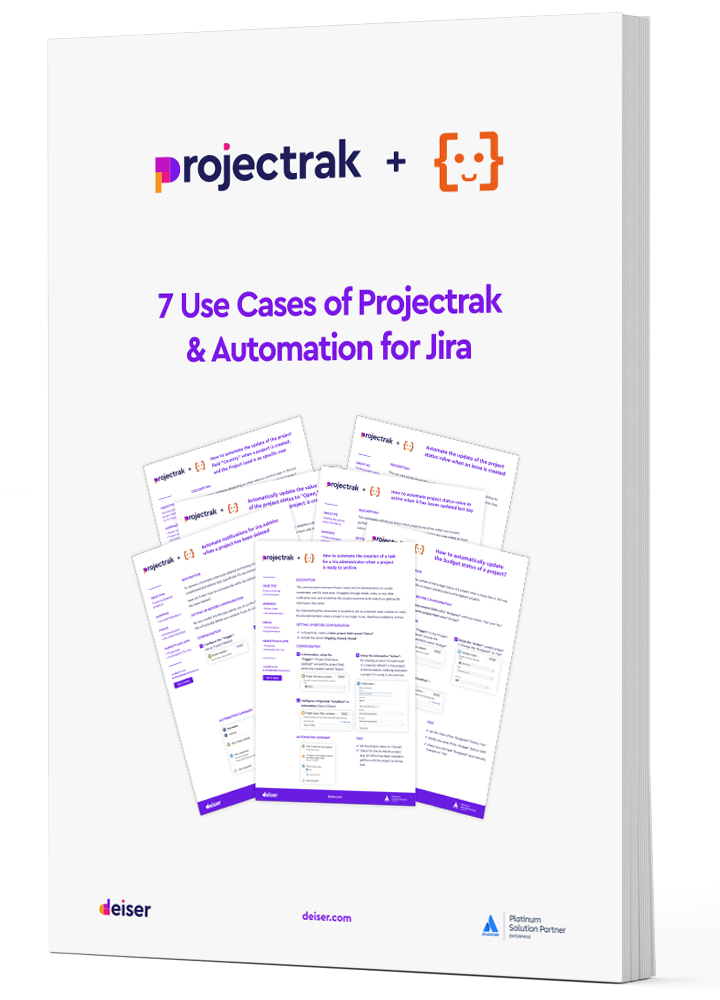
Unlock the power of automation by downloading the following use cases and uncovering seven unique scenarios that will skyrocket your productivity.
With Jira, you can streamline your project management process, saving valuable time and ensuring that your instance is audited precisely. Say goodbye to manual tasks and hello to a more efficient and effective way of working.
These Stories on Jira Software
No Comments Yet
Let us know what you think